Food and Beverage Industry Insiders Talk Sustainability
7 San Diegans reveal the intricate relationship between our health and the world around us
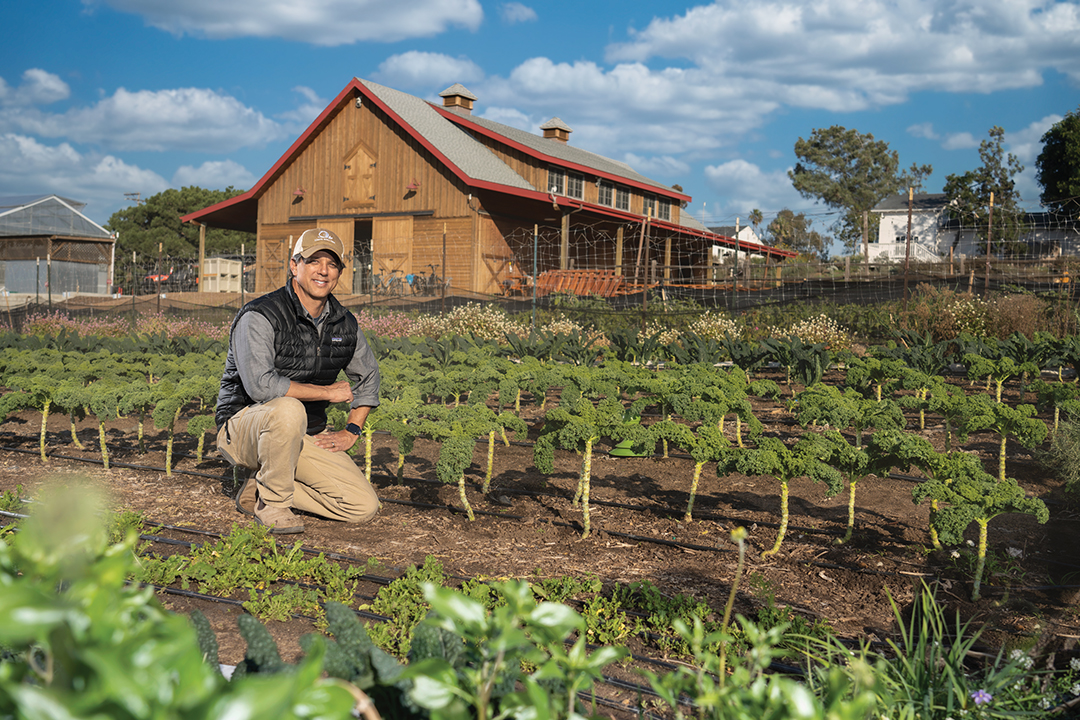
When I first set out to write this story, my objective was to explore why and how to incorporate awareness and intention in choices regarding health — specifically, what we put in our bodies — that could also have a positive impact in a broader sense, namely the environment. What I quickly learned is that the two are far too intertwined to oversimplify as a “feel good” goal. In reality, it’s a chicken-and-egg scenario that blurs which side, human or environment, more significantly impacts, or benefits, the other.
If we’re digging into the ultimate “why,” the answer is evident: Sustainability. Without it, everything from our health and our wallets to our farms and oceans is impacted in big and small ways. “Oh my goodness, do you have an hour?” is the knee-jerk response from Pam Schwartz, general manager at Ranch 45, when asked why sustainable practices are important from source to consumer. “Financially, sustainability makes a lot of sense. Here at the restaurant, we try to use everything by eliminating waste. It’s not only good for the environment, but also, it’s better with how prices have skyrocketed over the last two years.” In order to avoid passing on steep price hikes to consumers at her Solana Beach restaurant and butcher shop, Schwartz and her team work to use every part of the beef they butcher, including rendering and cleaning fats to make everything from baked goods to soap, at once diverting waste and generating additional revenue.
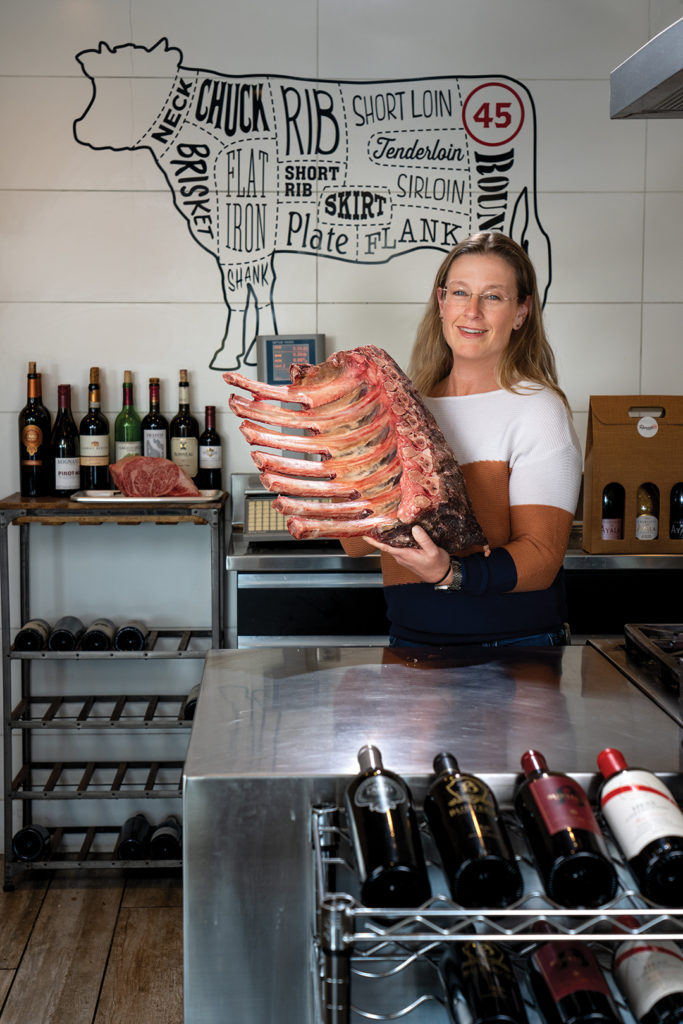
The health end of the sustainability spectrum is equally important to her. “We’ve seen such a spike in allergies over the last ten to 15 years, with kids being allergic to everything from dairy to wheat and other things,” says Schwartz, whose own daughter was hospitalized after a severe reaction from eating chicken treated with antibiotics that led to a penicillin allergy diagnosis. “Making sure that all of our products are sourced from places where we know [their] farming practices, not getting sprayed down with tons of chemicals. That’s really important to me because food is supposed to be nourishing, not make people sick, and the last thing I want to do is see everybody not being able to eat because they’re allergic to something.”
This multi-layered relationship is equally evident in the world’s oceans. Put plainly, “Sustainability is important for the planet, not just for the individual,” says Tommy “The Fishmonger” Gomes, veteran fisherman, host of TV’s The Fishmonger, and owner of the recently opened TunaVille Market and Grocery in Point Loma. A staunch advocate for the American fisherman, Gomes understands the necessity of responsible stewardship of the ocean and its resources while still operating a successful business and meeting consumer demand. “Overharvesting of our sea has become something of a norm lately,” he says, citing rampant illegal, unreported, and unregulated fishing worldwide. “It’s devastating to the ocean and [its] overall health and nature to overharvest in a manner that’s more factory-like, with no artisanal fishing. Sustainable seafood is, in my opinion, the harvesting of good healthy stocks in a manner that is non-destructive to the ocean or fish habitat, and if there’s a bycatch, then we need to market that bycatch rather than literally kick the fish over the side because nobody wants to eat it, which is ridiculous.”
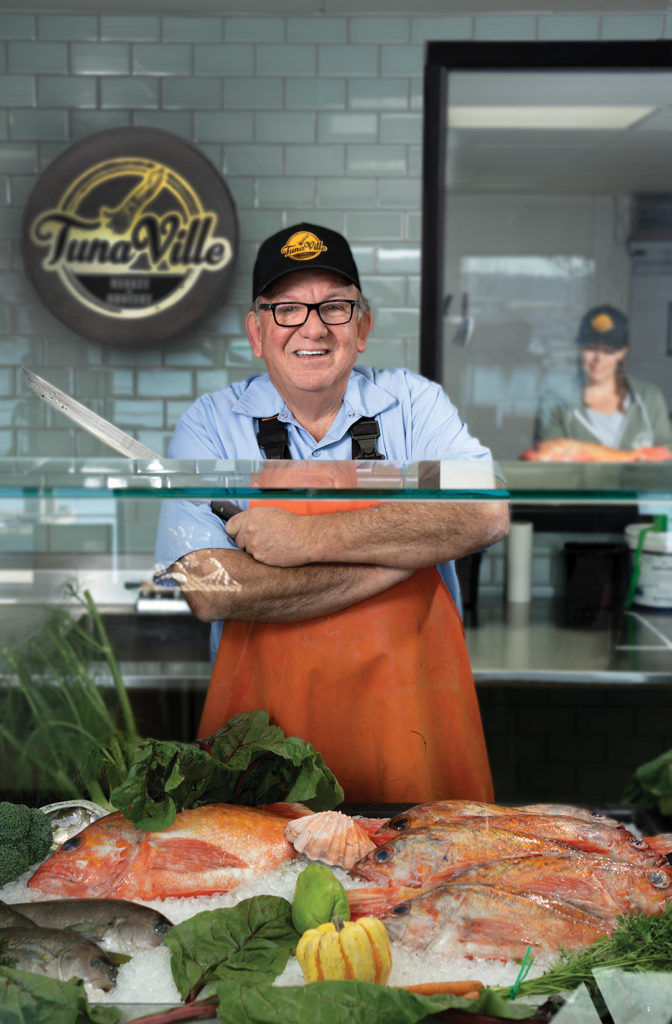
Of course, variances in practices between small, local fishermen and large, international fishing entities impact not just what’s on the menu but how much it costs — a trade-off Gomes believes we should be willing to make. If it’s about budget, buy less, but buy better. Summarizes Gomes, “I say it on my TV show all the time: Good seafood’s not cheap, and cheap seafood’s not good.”
“Sustainability guarantees that the fishermen will have something to fish next year, the year after that, ten years from now, in a generation,” adds Encinitas resident and lead fishmonger of Washington, D.C.-based ProFish seafood company, Glenn Casten. “On the wild side, that’s why it’s so important to me and our industry.” However, according to Casten, complicating matters is that while some of the work of protecting the ocean for its future health is accomplished by regulations dictating the timing, quantity, and methods of bringing in seafood, the rules governing commercial fishing can also be influenced by economic forces, in addition to creating challenges that can be “moving goal posts,” as Gomes puts it. The transparency that comes with supporting local fisherman can be one way to address this, while also offering the benefit of being fresh and ethically caught. “Just using my shop as an example,” says Gomes, “when you buy fish from TunaVille Market and Grocery, on the wall every day is the name of the fish, the name of the fisherman, and the name of the boat that brought it in. Otherwise, it’s just a game of smoke and mirrors.”
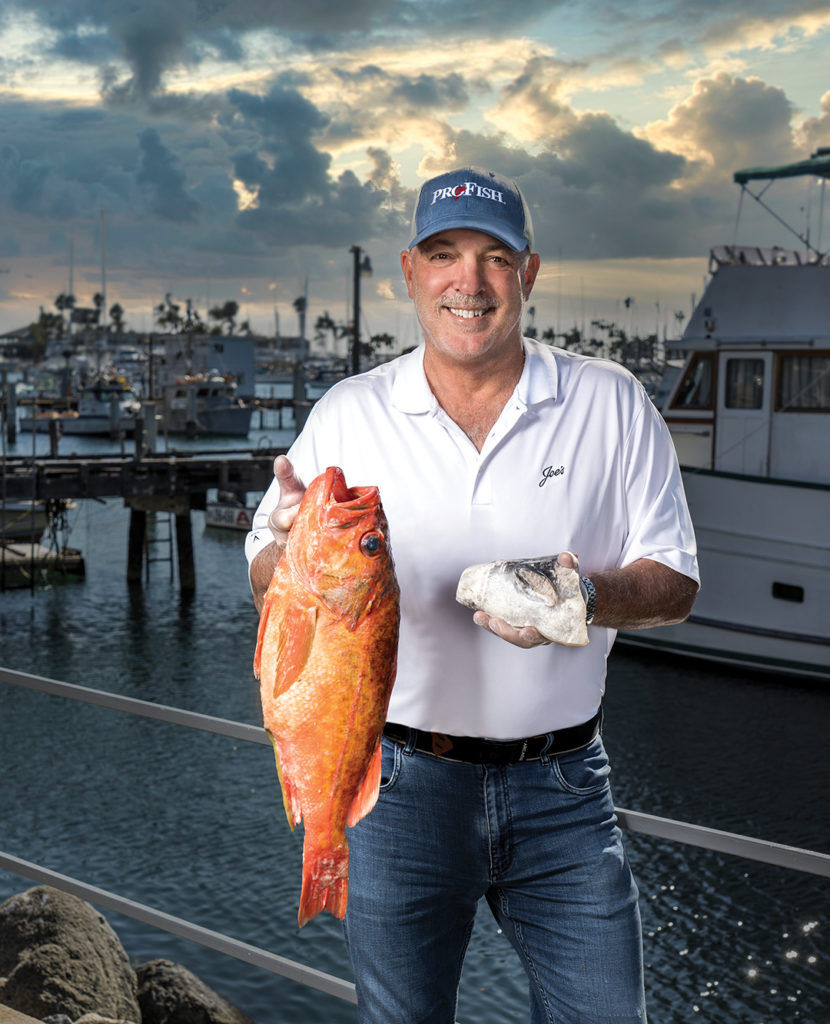
of ProFish seafood company
Proving that the concept isn’t just limited to the most essential elements of our diet, even how we indulge can be shaped by conscious decisions to do better for ourselves and our resources. “In any industry, it’s important to acknowledge that a business is going to have an impact on the environment,” says Makenna Barris, Director of Marketing at San Diego-based Pure Project brewery, helmed by co-founder Mat Robar. “And especially being an agricultural product, beer makes an impact on the ingredients we choose, the people we decide to work with, how we package our products, [and] how we receive and deliver our products. So, it’s really trying to look at all of those pieces that have an environmental impact and trying to reduce that where we can and offset it where we can’t.” That means that the brand as a whole is shaped by an ethos of sustainability. There are small acts like swapping rubber bands in for plastics and using recyclable products wherever possible that still add up — Barris says the company is “plastic negative,” offsetting 200 percent of its plastic use — while the beer itself is produced using ingredients from primarily organic and biodynamic sources to support organic farms and farmers who share its environmentally responsible goals.
“Operationally, I think it’s typically harder, costs are greater, but we find that the finished product tastes better,” says Barris.
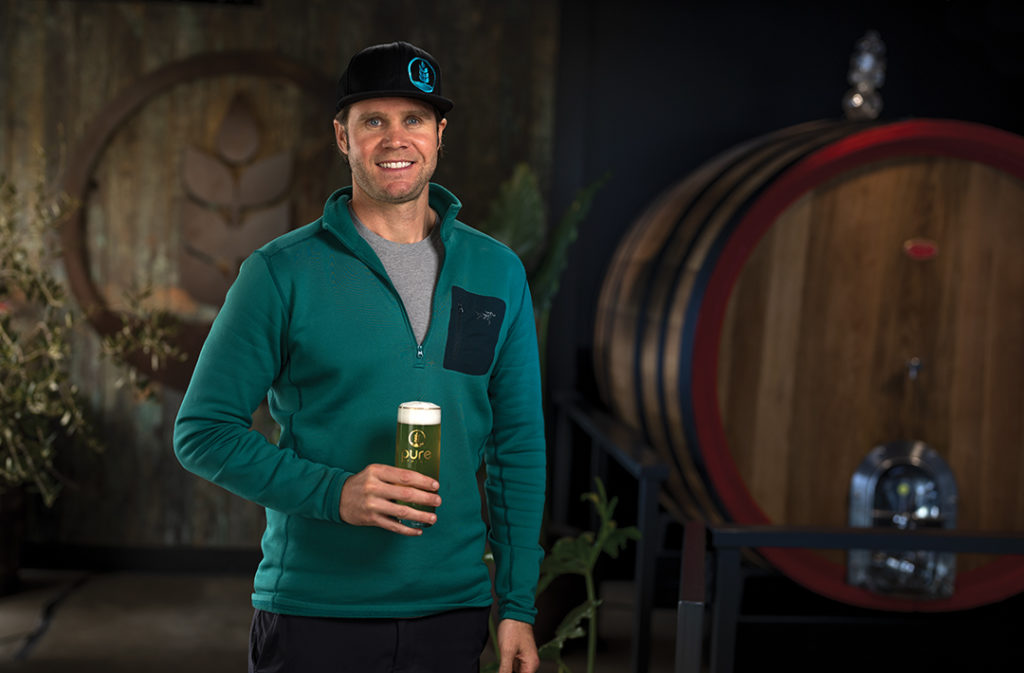
Sean Haggerty, owner and founder of San Diego’s only certified organic brewery, Protector Brewery, agrees. “I hope that a lot more breweries start to source organic malts and organic hops because the benefit is [that] we all win in the end,” says Haggerty, a veteran and former Navy SEAL. “One of our missions here is… to try to show that doing something organic can work. It’s a little difficult to do, but it can be done.”
When asked why this aspect is so important — it is, in fact, the basis on which he founded the company — he doesn’t mince words. “I know that we’ve got this looming reality in terms of a planet that needs more sustainable practices,” he says. “If we don’t turn the tide on global warming, if we don’t turn the tide on sustainable farming practices, sustainable manufacturing practices, we’re going to be in a lot of trouble in the near future.” As a result and with the support and input of his wife and co-founder, Cory, Haggerty’s commitment doesn’t stop at only being a certified organic brewery. Protector uses 100 percent renewable electricity, green CO2, non-GMO grains, naturally-mined minerals, EPA-certified chemicals, and only recycled materials in its packaging. Spent grains used in the brewing process are infused with microbes through a partnership with SD Microbes to create a beneficial compost called bokashi that’s sold locally to farms.
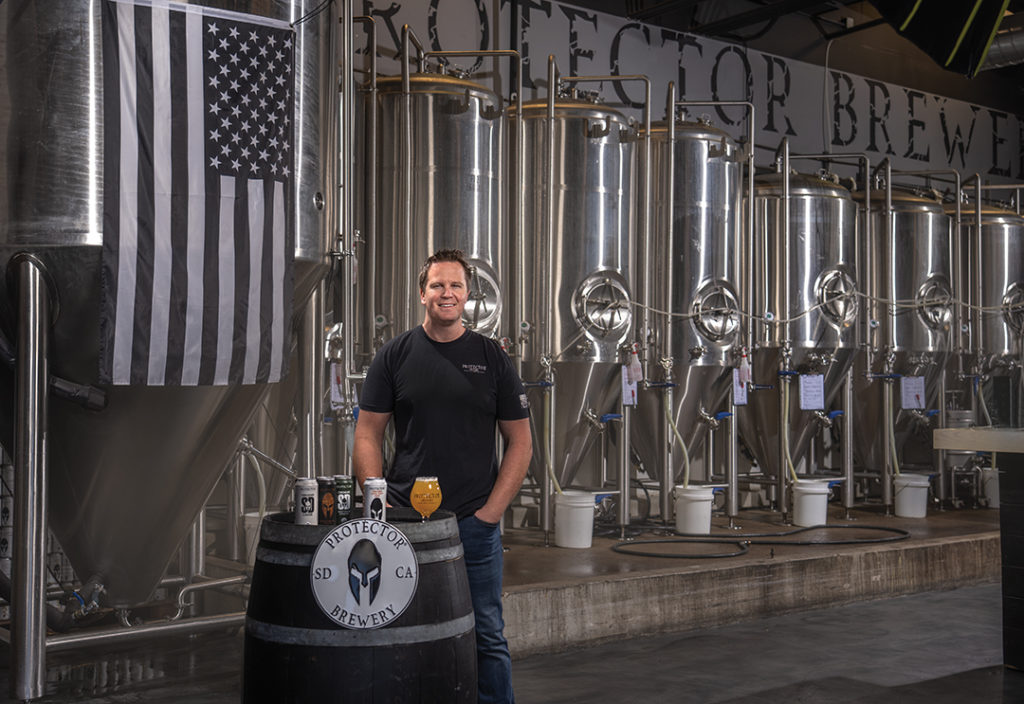
In reality, organic isn’t just an ethical goal, but a health-driven one for Haggerty as well. “The huge thing that nobody really looks at is synthetic chemical pesticides,” he says, offering glyphosate, a toxin farmers use to increase yields, as an example. “If you were to test a beer that was made non-organically, you’re going to have residuals of this synthetic neurological toxin, and there’ve been articles that have come out from a number of universities that show this.”
“I’ve been tracking organic practices for the last ten years, and it’s an industry that’s growing significantly because I just think people are waking up,” he continues. “They’re asking deeper questions about what products they put inside their body.”
As with farms and our oceans, even in beer-making, it’s hard to distinguish which comes first, the focus on human health or the land, they’re so closely related. “It’s a really holistic thing, because the choices that we make that are better for us tend to be better for the environment and tend to be better for the whole ecosystem,” says Barris.
Whether it’s a focus on preservation, taste, or waste, it’s education that is the key to making more informed choices that are better all around. At Encinitas’ Coastal Roots Farm, it’s never too early or too late to educate people where food comes from, how it’s grown, and how to make choices for health and Earth that are mutually inclusive. A multitude of programs serving the community from pre-K to seniors emphasize the value of locally grown foods and the impact of responsible farming, and a pay-what-you-can farm stand ensures produce from the farm is accessible to all.
“We’re really connecting the dots between the health of the soil and the quality of the food and what’s being grown, and how it’s grown and how important that is, and how the nutrient density is really important for one’s health and wellbeing, and again that comes from good soil,” says Javier Guerrero, Coastal Roots’ president and CEO. “And when I say ‘good soil,’ it also means how we care for the environment. Our topsoil is being depleted at a tremendous rate, which is not sustainable, so when we’re talking about eating healthy, organic, regenerative food, we’re also talking about caring for the environment. We’re able to connect those two things in our programming.”
Of equal importance for Guerrero and Coastal Roots is ensuring people know that “eating healthy is not a privilege, but it’s a right,” and teaching and enabling people throughout the county to grow their own healthy foods in a sustainable way. “A lot of produce travels between 1,500 to 2,500 miles before it arrives on your plate or comes to your store, so what does that mean? It means it was not allowed to properly ripen, which means it does not have all the nutrients that one would suppose it would have. A lot of these become the lessons learned, and passing it on, that can have a huge impact to make healthy choices. It connects back to the way we grow food is also a way that cares for the environment,” he says.
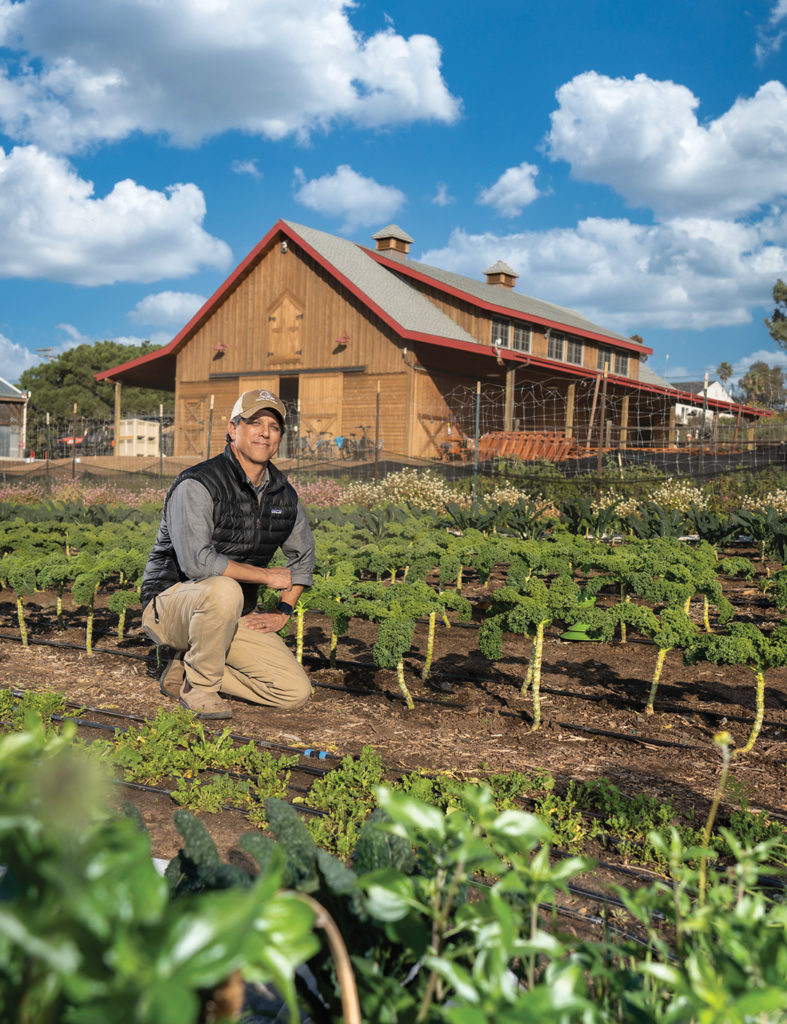
The most repeated recommendation to inform our choices as consumers when it comes to what we’re eating is, quite simply, to ask more questions — from our markets, our farmers, our suppliers, our butchers, our fishmongers. Everyone, even behind the counter at your local supermarket, should be able to tell you where your food came from. From there, you can do further research to ensure those suppliers’ methods and practices align with your health, environmental, ethical, religious, or other goals. (It might sound far-fetched, but consider the pescatarian who only later learns that the hatchery where their fish is sourced feeds its stock pellets composed of beef by-product!)
The foods that pass through the fewest hands are often the healthiest and the most sustainable, hence the oft-repeated mantra, “Buy local.” Seasonal fruits and vegetables harvested locally by small producers can be picked at the peak of freshness rather than mass-produced foods genetically modified to withstand long distance travel and demand off-season. Local fishermen have more invested in ensuring the health of the local waters that are their livelihood. As Gomes quips, “The bottom line, and I say this all the time, is that if your seafood has more frequent flier miles on it than your American Airlines credit card, you’re definitely not buying the right seafood.” If you’re still not sure what qualifies as “sustainable” seafood, Casten recommends visiting Monterey Bay Aquarium’s Seafood Watch website (seafoodwatch.org) to search for the best choices versus what to avoid. Similarly, know where your butcher is sourcing their meats, and seek those who support local farmers and ranchers (Ranch 45, for instance, partners with Southern California-based Brandt Beef).
Of course, one way to be truly in control of at least some of your food from beginning to end is to grow it yourself. At-home gardens, raised planter beds, chicken coops, and community gardens have steadily grown in popularity in recent years. Even in small spaces, it’s still possible to grow healthy food, just as Raffi Meyer, owner of Meyer Micros, does. The Carlsbad-based grower of microgreens — literally the same herbs and vegetables that we eat in more mature forms (think: broccoli, kale, arugula), only grown densely and harvested in the seedling stage — says that microgreens can easily grow indoors on your kitchen counter in containers as small as four-inch pots. Meyer himself grows his greens indoors rather than outside, which enables a more controlled growing environment. Meyer Micros is set to debut in area farmers markets this month, with locations to be announced on Instagram and at meyermicros.com, featuring his organically grown microgreens and grow cups.
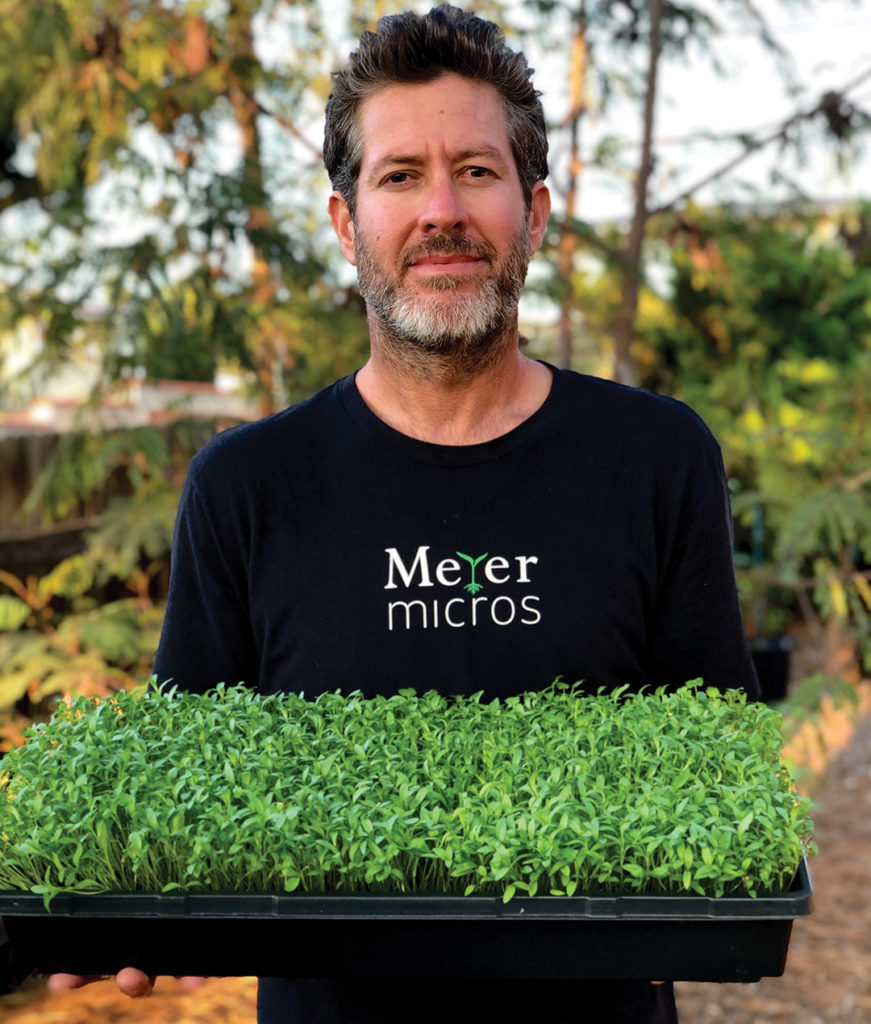
The more we learn about the importance of making choices that benefit health and planet, the clearer it is that the two are equal. “I think at the end of the day, if we’re all doing what we can do within our means to be good to the environment, be good to ourselves, that’s what makes things sustainable,” says Schwartz. “Sustainability means, to me, not only taking care of the past, but making sure that we’re setting ourselves up for the future.”

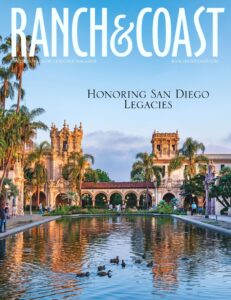



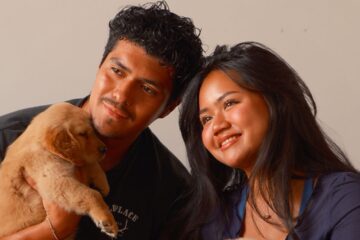
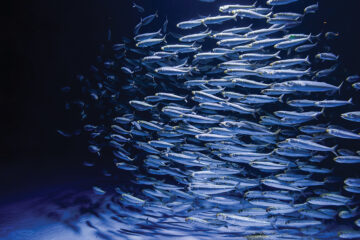
Comments